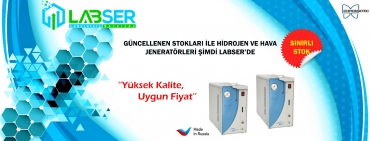Before introducing a new medical/chemical device onto the market, manufacturers should have a high degree of certainty that their manufacturing processes have the proper controls in place to produce products that are safe and meet specified user, technical, and regulatory requirements.
The US FDA and ISO 13485 require device makers to verify that their products meet documented design specifications, and this may be accomplished through post-production inspection or testing. This is otherwise known as “verifying” product quality and, if you choose this route, you’ll need to test every single device you produce.
However, testing every product is impractical and would never reveal all variations. Thus, that’s where process validation comes into play. Process validation fulfills an important quality assurance need by subjecting a process to such intense scrutiny that the output of the process is extremely likely to consistently meet established production quality specifications. They key word here is “process” because it does not mean validating the device itself.
According to the US FDA, the FDA distinguishes between verification and validation as follows:
Validation means confirmation by examination and provision of ebjective evidence that the particular requirements for specific intended use can be consistently fulfilled.
Verification means confirmation by examination and provision of ebjective evidence that specified requirements have been fulfilled.
Therefore, when applying this to process validation, you validate that a process should produce consistent results over time, but you verify that it actually did!





